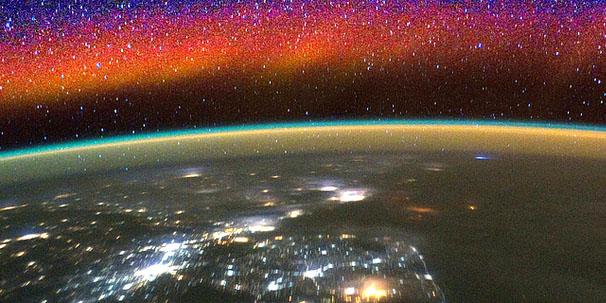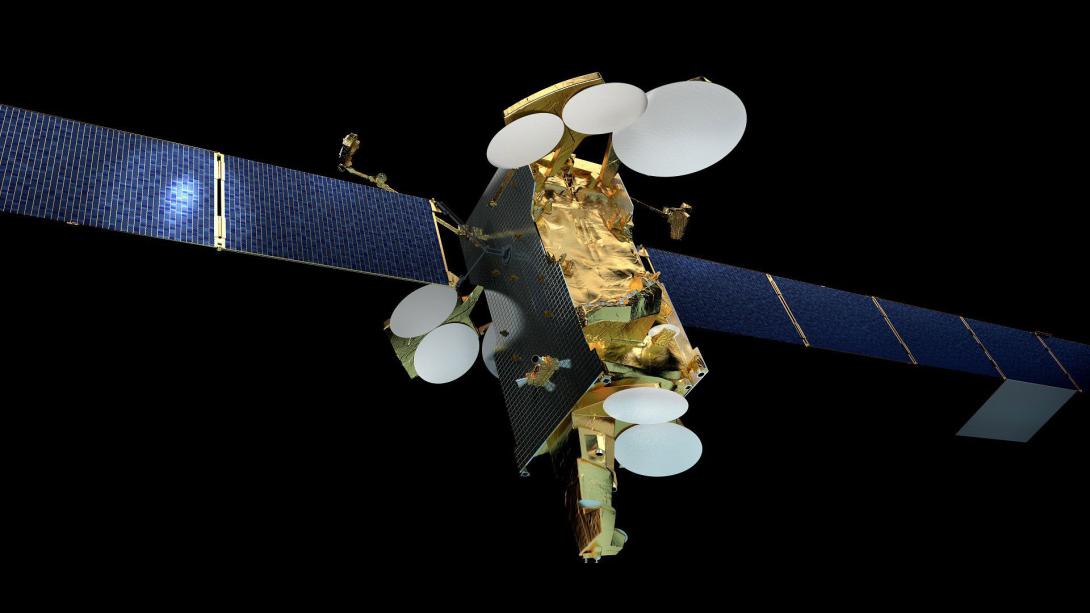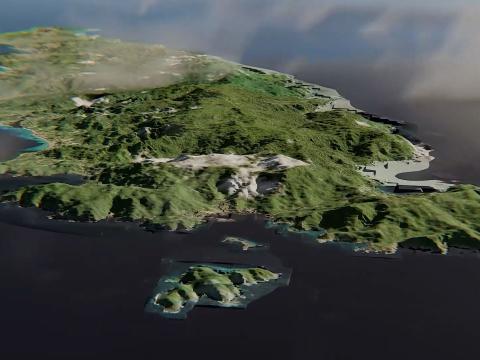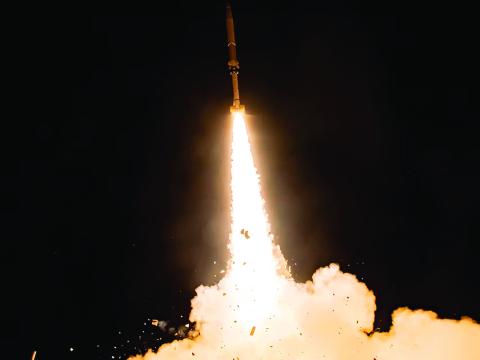NASA Goddard's New GOLD Mission to Explore Near-Space
During the last several years, NASA’s Goddard Space Flight Center has been developing a mission to explore near-space, where the upper reaches of the Earth’s atmosphere meets space. The effort, known as the Global-scale Observations of the Limb and Disk, or GOLD, will come to initial fruition with the launch of observation equipment on January 25.
The GOLD instrumentation, essentially an ultraviolet imaging spectrograph, will follow a geostationary orbit about 22,000 miles above Earth over Brazil and for several years to explore “in unprecedented detail our near-space environment,” according to NASA. The camera will record images of the Earth in ultraviolet light, study the ionosphere and for the first time, provide pictures of the temperature. NASA announced the new mission in a January 4 online presentation.
Through its geostationary orbit, GOLD will scan in a half-hour cadence, capturing views of the Earth, said Richard Eastes, principal investigator for the GOLD mission and leader of space environment research efforts at the Florida Space Institute at University of Central Florida, the institutional lead for the GOLD mission. “We wanted to get the big picture, the global-scale view,” Eastes said. “It will be interesting to get pictures of temperature in the upper atmosphere. We will finally have that.”
The ionosphere is a more dynamic place and more variable than scientists realized, noted Karen Fox, science writer, Heliophysics Division at Goddard. This environment can have major impacts on radio waves and signals. “Increasingly this space around Earth is the domain of humans,” Fox said. “And we need to understand it better.”
Goddard’s Alex Young, associate director for science in the Heliophysics Science Division, added that GOLD would contribute to understanding of the sun and heliophysics. It will provide insight into the fundamental processes that are happening in the heliosphere, including the energy coming off of the sun and interacting with the solar system.
Moreover, GOLD will examine how energy and matter interacts with technology in space, including impacts to spacecraft and communications. “Understanding this atmosphere will help us understand how radio waves interact with the ever changing atmosphere,” Young said. This will be of great importance to the aviation industry, the maritime industry and the military, which all depend on radio communications.
GOLD will work to “tease out the effects of the sun above and the effects on Earth below,” said Sarah Jones, GOLD mission scientist at Goddard. In addition, the mission will work in conjunction with another NASA project, the Ionospheric Connection Explorer, or ICON, which will launch later in 2018, she said. Together, the two programs will provide the most comprehensive observations of the ionosphere, with GOLD proving the global-scale view and ICON offering a low-Earth orbit view and small-scale perspective, Jones noted.
Commercial satellite company SES will host the GOLD payload aboard its SES-14 communications satellite, built by Airbus Defence and Space in Toulouse, France. The SES-14 telecommunications satellite will operate in C- and KU-bands, explained Todd Gossett, senior director of hosted payloads at SES Government Solutions. The satellite equipped with GOLD will be launched from Arianespace’s Ariane 5 rocket at the Guiana Space Center on the coast of French Guyana in South America. Flying as a hosted payload on the SES-14 satellite saves NASA hundreds of millions of dollars, Gossett said.
It will be the agency’s first science mission to fly as a hosted instrument on such a satellite. “GOLD represents a new level of collaboration between public and private sectors in space exploration,” said Lina Tran, heliophysics writer, NASA’s Office of Communications, Heliophysics Department.
In addition to University of Central Florida, the University of Colorado’s Laboratory for Atmospheric and Space Physics is also contributing to the GOLD effort.






Comments